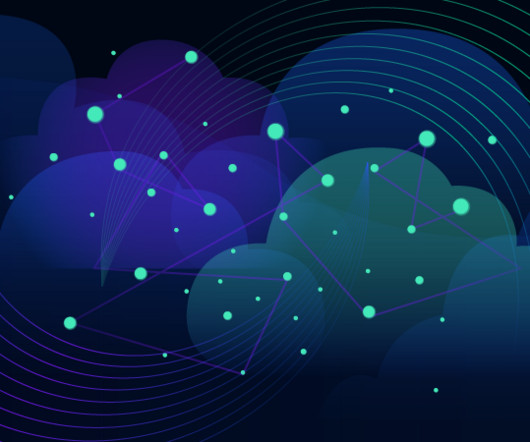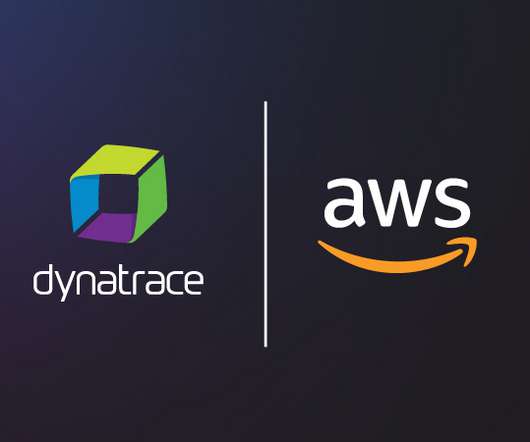Build and operate multicloud FaaS with enhanced, intelligent end-to-end observability
Dynatrace
APRIL 25, 2023
As companies accelerate digital transformation, they implement modern cloud technologies like serverless functions. According to Flexera , serverless functions are the number one technology evaluated by enterprises and one of the top five cloud technologies in use at enterprises. What are serverless applications?

















Let's personalize your content